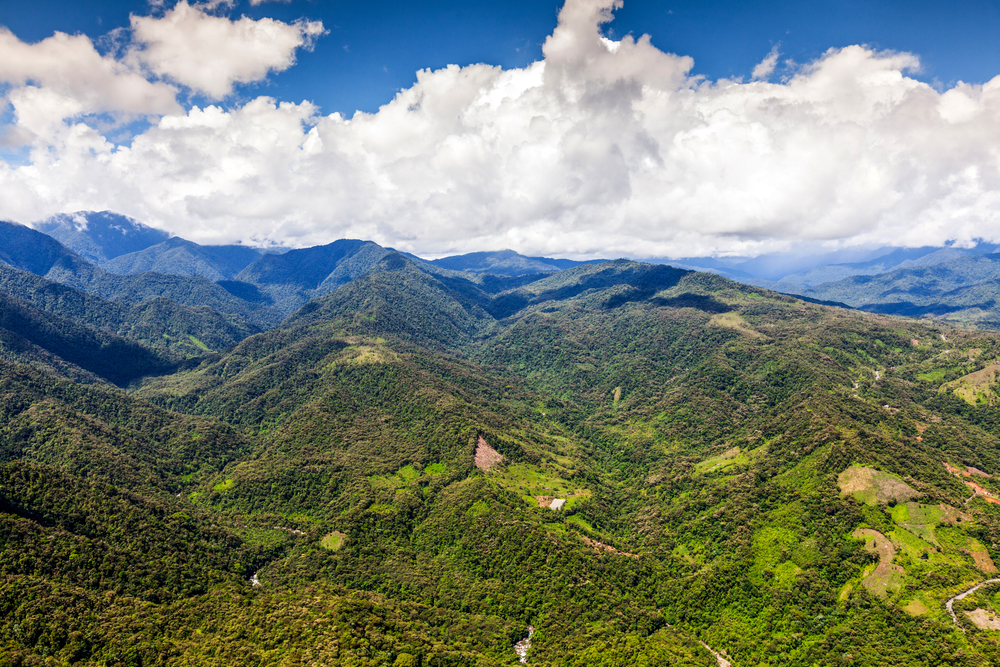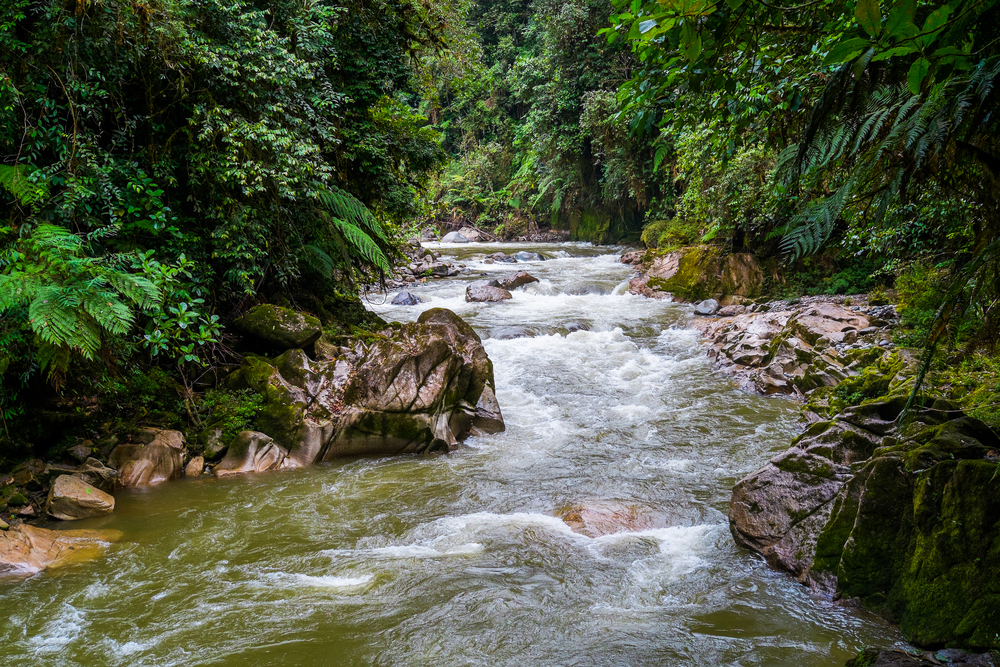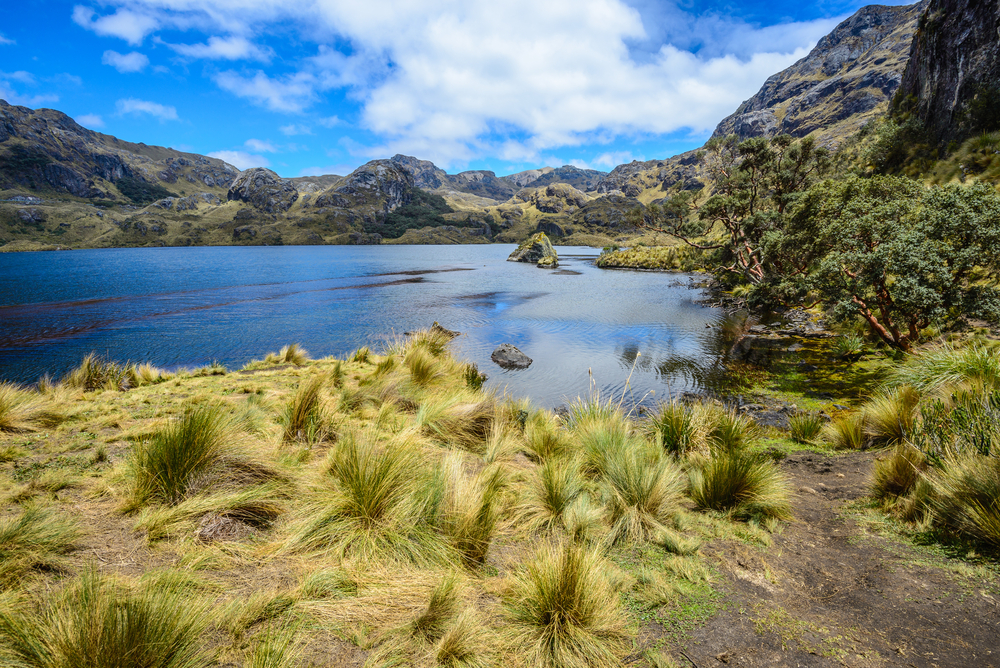Llanganates Overview
Llanganates National Park, known locally as Parque Nacional Llanganates, is a vast and rugged expanse of wilderness in Ecuador. Covering approximately 840 square miles (2,190 square kilometers), the park is situated in the eastern Andes, spanning the Cotopaxi, Tungurahua, Napo, and Pastaza provinces.
This remote and largely unexplored national park is renowned for its diverse ecosystems, from high-altitude páramo to dense cloud forests and tropical rainforests. The terrain is characterized by jagged mountains, deep valleys, and an intricate network of rivers and lagoons, with the highest peaks, such as Cerro Hermoso, rising dramatically above the landscape. The park’s unique geography creates a constantly shifting climate, with frequent mist and rainfall that sustain its lush vegetation.
Llanganates is famous for its legend of lost Incan gold, a myth that has fascinated explorers for centuries. According to local lore, the park harbors the hidden treasure of the Inca general Rumiñahui, who is said to have concealed vast riches from the Spanish conquistadors somewhere in its mountains and forests.
Despite numerous expeditions, the treasure has never been found, adding an air of mystery to the already enchanting landscape. Beyond the legend, the park’s wilderness offers an incredible range of flora and fauna. The high-altitude páramo regions feature hardy vegetation such as frailejón plants, mosses, and lichens, while the lower cloud forests burst with towering ferns, bromeliads, and orchids.
The park is home to an extraordinary variety of wildlife, including some of Ecuador’s most elusive species. Mammals such as the spectacled bear, puma, Andean fox, and tapir roam its forests and grasslands, while smaller creatures like the olinguito and mountain coati can sometimes be spotted.
Bird enthusiasts are drawn to the park for its incredible avian diversity, with species like the Andean condor, cock-of-the-rock, torrent duck, and various tanagers frequently seen. The park’s waterways and lagoons also support amphibians and reptiles, including rare frogs and caimans.
One of the park’s most stunning features is Laguna de los Llanganates, a breathtaking high-altitude lake surrounded by misty hills and windswept páramo. The park also contains numerous waterfalls, hidden valleys, and winding trails that lead through untouched landscapes. The remoteness of Llanganates makes it one of the most pristine natural areas in Ecuador, attracting adventurers looking for challenging treks and immersive nature experiences.
Hiking is the most common way to explore the park, with routes ranging from multi-day expeditions to shorter treks that reveal its striking vistas and biodiverse habitats. The extreme conditions and lack of marked trails make guided tours highly recommended, ensuring safe passage while offering insight into the park’s rich history and ecology.
Conservation efforts in Llanganates National Park focus on preserving its unique ecosystems and the endangered species that inhabit them. The park’s challenging terrain has kept much of it untouched, but threats such as illegal logging, mining, and hunting still pose risks. Ecuadorian conservation organizations and government agencies work to enforce protections while promoting sustainable ecotourism.
Successes in conservation have included habitat restoration projects and increased awareness of the park’s ecological importance. Continued efforts aim to maintain the balance between preservation and responsible exploration, ensuring that Llanganates remains an unspoiled sanctuary for future generations.

















































































